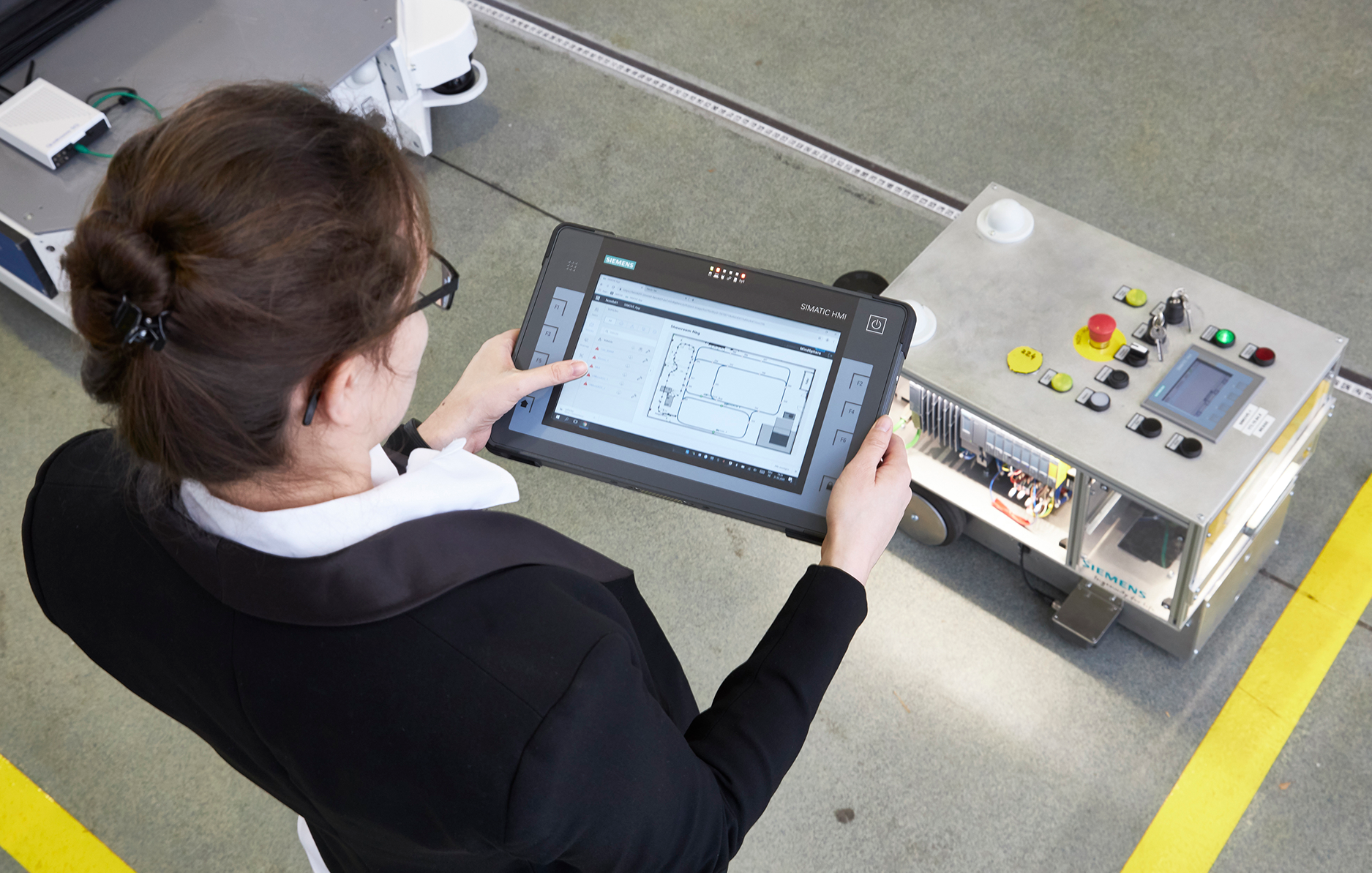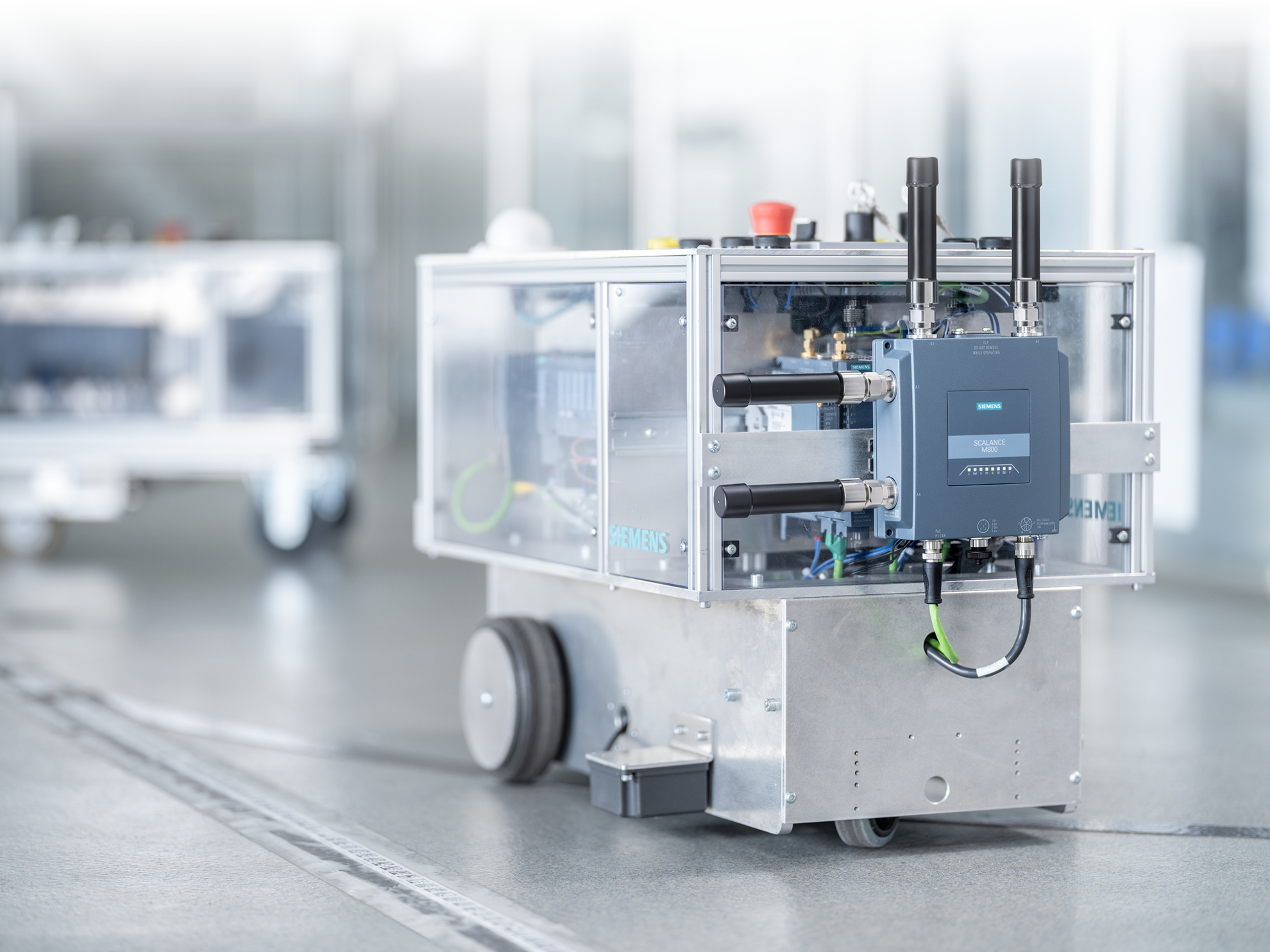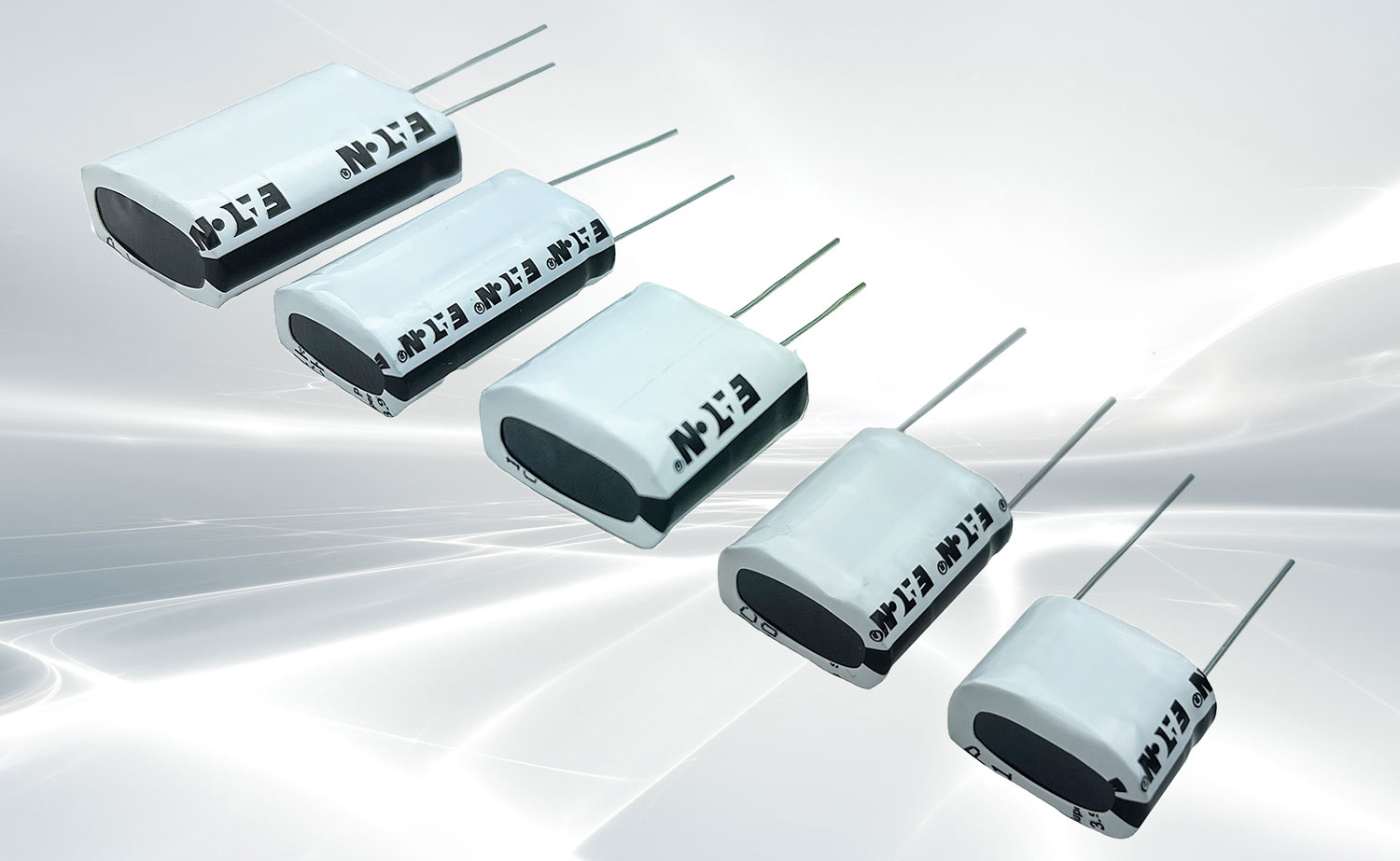Thanks to IPv6 support, the devices can also be implemented in modern communication networks. Various security
functions are included in order to monitor data traffic and protect against unauthorized access: for example, an
integrated firewall as well as authentication of communication devices and encryption of data transmission via
VPN. If there is no available 5G network, the device switches automatically to 4G or 3G networks. The first
release version of the router has an EU radio license; other versions with different licenses are in
preparation. With the Sinema Remote Connect management platform for VPN connections, users can access remote
plants or machines easily and securely – even if they are integrated in other networks. The software also offers
easy management and autoconfiguration of the devices.

Successful use of prototypes for private 5G networks
Besides connectivity to public networks, Scalance MUM856-1 also supports integration into private local 5G campus networks. Siemens is testing this use case in their own Automotive Showroom and Test Center in a prototype of a standalone 5G test network, which is based on Siemens components. The 5G infrastructure used here comprises a 5G core, a distributed unit, and several radio units. Siemens has also built another prototype of a private 5G infrastructure in its plant in Amberg, and their Karlsruhe plant will be equipped soon. In these systems, Siemens is relying exclusively on its own independently developed products and solutions. ▪ ds
The Scalance MUM856-1 also supports integration into private local 5G campus networks
Find out more now!



